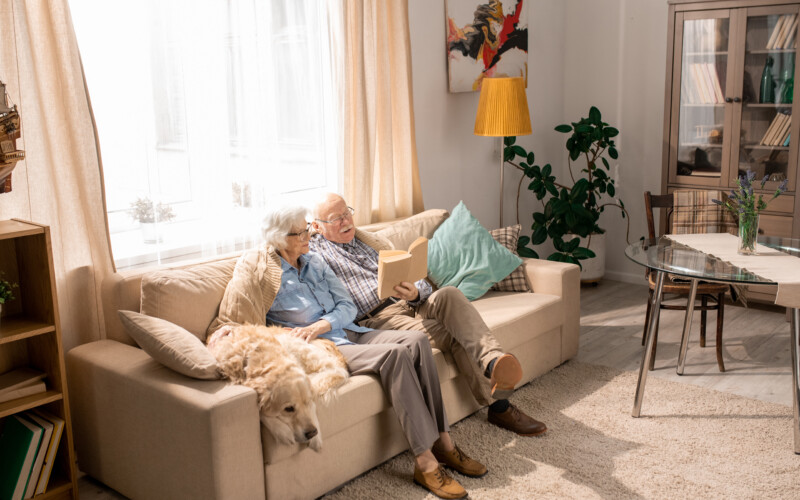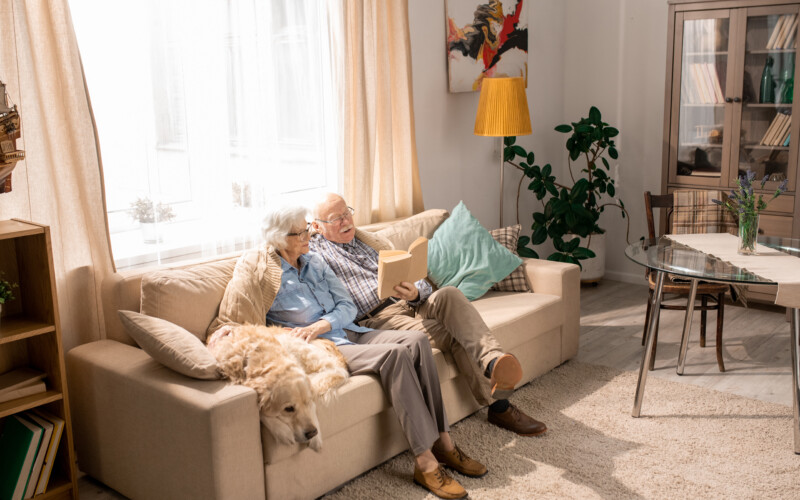
Age-appropriate housing- this implies a multitude of measures and requirements, also of a structural nature. From accessibility to (medical) local provisions, precautions have to be taken that usually cannot be implemented overnight. Now, a recent study in Germany shows that the market for “age-appropriate housing” is not only proving challenging to serve, but is literally overrun: in the next two decades, demand will increase sevenfold!
Retired baby boomers – alarming figures
“The baby boomer generation currently going into retirement must prepare for a growing shortage of age-appropriate housing. There is already a shortage of 2.2 million age-appropriate residences in Germany. In the coming 20 years the age group ‘67 plus’ will grow from 3.5 million to 21 million people.” This is the result of a survey carried out on behalf of the Bundesverbandes Deutscher Baustoff-Fachhandel, BDB (Federation of German Trade with Building Materials). The prognosis is alarming: “Today, around 600,000 retired households live in barrier-free flats suitable for walkers and wheelchairs without stairs and with step-free access to the shower. In 2040 3.3 million of such housings will be needed so that older people can stay at home as long as possible.”
What does ‘age-appropriate housing’ mean?
It is difficult to estimate how dramatically the situation in Austria will develop. But the study from Germany is an important reason to think about age-appropriate housing and to fundamentally outline the needs of older people. Real estate developers are increasingly taking care to ensure that intergenerational concepts – keyword: co-living – are taken into account and implemented in site preparations and developments. Right from the start ‘age-appropriate housing’ is multi-faceted: in Austria, the range is wide, from individual facilities such as nursing homes to “hybrid” solutions in (assisted) senior living communities, to the multigenerational concepts mentioned above, or individual living situations adapted to age-related requirements in the familiar home.
Building design and living environment
Essential aspects include barrier-free access, space and individual settings and options in kitchens /
Timely planning – with expert support
Regardless of whether the solution is an individual one in their usual home or a move to a larger unit: it is always advisable to think about this type of “old-age provision” in good time and, in view of the aforementioned baby boomer development in Germany, even more so. With early provision and ideally with specialist support, structural modifications, requirements for care in the form of household or nursing aids and the fulfilment of age-appropriate wishes for quality of life can be tackled in good time without overstretching oneself financially or suddenly being faced with insurmountable difficulties.
From the needs analysis to the right solution
The solution for age-appropriate housing also starts with a needs assessment: what do I want, what do I need? And to answer the question of how and where these needs can best be met, WEGRAZ is happy to provide advice. Intergenerational housing has been an important aspect of a high quality of life for us and our properties for a long time.
